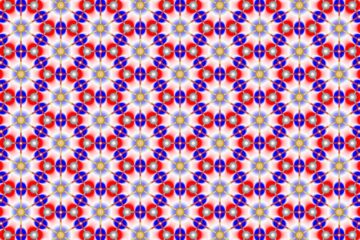Latest News

New Approach For Reducing Bleeding After Surgery
Encouraging findings from a study in this week’s issue of THE LANCET suggest that factor VII—an agent involved in blood clotting—could be effective in reducing excessive blood loss during abdominal surgery.
Factor VII has been shown to promote blood clotting in patients with haemophilia. Marcel Levi from Academic Medical Centre, Amsterdam, Netherlands, and colleagues investigated whether recombinant activated factor VII (factor VIIA) could be used to reduce excessive blood loss during sur

Rapid Diagnostic Test For Plague
An important step towards controlling bubonic and pneumonic plague may soon be possible with the use of a straightforward and accurate diagnostic test, according to authors of a study in this week’s issue of THE LANCET.
Plague is a flea-borne rodent disease that is occasionally transmitted to man, with around 3000-4000 cases annually in more than 20 countries, mainly in Africa. A rapid diagnostic test for the disease is urgently needed as current diagnosis is not possible until severe sympto

Saint Louis University researchers make breakthrough towards solving the cause of cancer development
Results appear January 17 in the journal Molecular Cell
A lab headed by a Saint Louis University researcher has made a major breakthrough that could lead to a better molecular understanding of cancer.
Results published today in the Journal Molecular Cell by Ali Shilatifard, Ph.D., and colleagues show for the first time how a protein known to be involved in the development of cancer functions in normal cells.
The research shows how the protein “Bre1” plays a pivotal

Researchers Discover How Embryo Attaches to the Uterus
Researchers funded by the National Institutes of Health have discovered how an embryo initially attaches to the wall of the uterus-what appears to be one of the earliest steps needed to establish a successful pregnancy.
Specifically, the researchers found that 6 days after an egg is fertilized, the embryo uses specialized molecules on its surface and molecules on the surface of the uterus to attach itself to the wall of the uterus.
“This discovery opens up a promising new realm of

Scientists target microorganisms to break down toxic pesticide
Using biological means to detoxify large, contaminated sites is receiving high praise as an alternative to incineration or landfill methods
A pesticide used extensively all over the world is receiving attention these days more for methods being used to clean it up than for its use as chemical to control insects and mites.
Endosulfan, classified as an organochlorine (the same family as DDT), is registered for use as a pesticide on 60 U.S. crops. Its residues have been found i

Umbilical cord matrix, a rich new stem cell source, study shows
The cushioning material or matrix within the umbilical cord known as Wharton’s jelly is a rich and readily available source of primitive stem cells, according to findings by a research team at Kansas State University.
Animal and human umbilical cord matrix cells exhibit the tell-tale characteristics of all stem cells, the capacity to self-renew and to differentiate into multiple cell types.
Researchers Kathy Mitchell, Deryl Troyer, and Mark Weiss of the College of Veterinary











